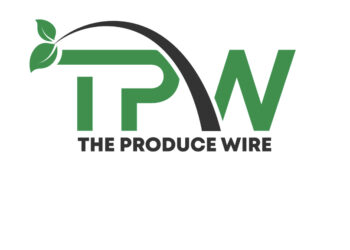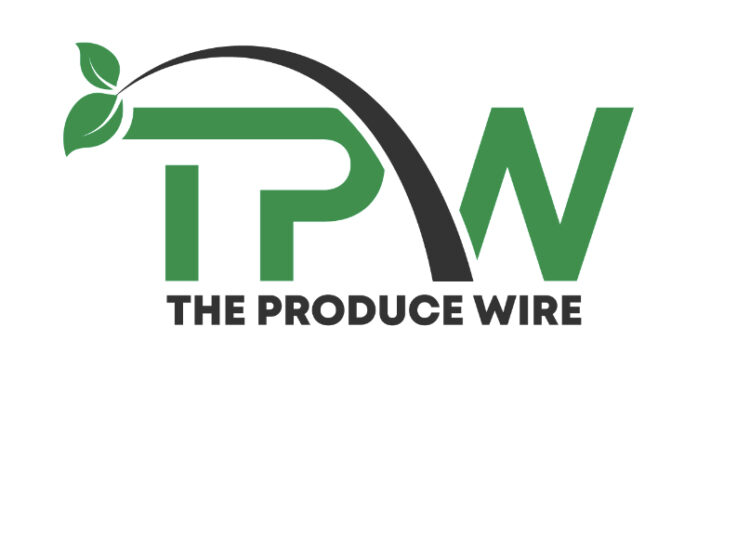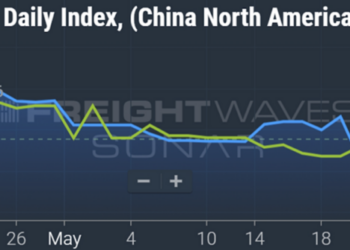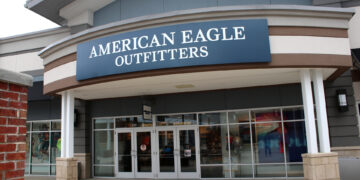The National Retail Federation forecast that retail sales during 2025 will grow between 2.7% and 3.7% over 2024 to between $5.42 trillion and $5.48 trillion.
The 2025 sales forecast compares with 3.6% annual sales growth of $5.29 trillion in 2024. This year’s forecast is also in line with the 10-year pre-pandemic average annual sales growth of 3.6%.
The announcement Wednesday was made during NRF’s fifth annual State of Retail & the Consumer virtual event on the health of American consumers and the retail industry. It also coincided with President Donald Trump’s announcement of sweeping tariffs, and countered widespread fears that a global trade war could undermine consumer spending and hasten a recession.
The group’s members include the largest U.S. retailers and brands, including Walmart (NYSE: WMT), Target (NYSE: TGT), Levi Strauss (NYSE: LEVI) and PepsiCo (NASDAQ: PEP) .
“Overall, the economy has shown continued momentum so far in 2025 – bolstered by low unemployment and real wage gains – however, significant policy uncertainty is weighing on consumer and business confidence,” said NRF President and Chief Executive Matthew Shay. “Still, serving customers will remain retailers’ top priority no matter what the economic environment.”
Nonstore and online sales, which are included in the total figure, are expected to grow between 7% and 9% year over year to a total of between $1.57 trillion and $1.6 trillion. By comparison, nonstore and online sales grew 8.1% to a total of $1.47 trillion last year.
The organization expects gross domestic product growth to decline just below 2% in 2025, down from 2.8% in 2024 and below the trend of the past few years.
“Any way you look at it, a lot is riding on the consumer,” NRF Chief Economist Jack Kleinhenz said. “While we do expect slower growth, consumer fundamentals remain intact, supported by low unemployment, slower but steady income growth, and solid household finances.
“Consumer spending is not unraveling.”
Kleinhenz added that even though consumer confidence is declining, due largely to lingering inflation and consumers’ anxiety over tariffs, that doesn’t mean there will be an immediate drop in consumer spending.
“It’s the hard data on employment, income and tariff-induced inflation – not consumer sentiment – that supports our view of a slower trajectory for consumer spending,” he said.
With the implementation of tariffs, NRF expects personal consumption expenditures inflation during 2025 to remain at the current level of about 2.5%. Overall, household balance sheets appear to be in good shape. Delinquencies on auto loans and credit card payments have risen but remain in line with the pre-pandemic trend. The consumer credit picture should remain healthy as long as the labor market remains solid.
Find more articles by Stuart Chirls here.
Related coverage
Senate adopts resolution to halt tariffs on Canadian imports
The post Tariffs won’t drag consumer spending in 2025, say retailers appeared first on FreightWaves.














